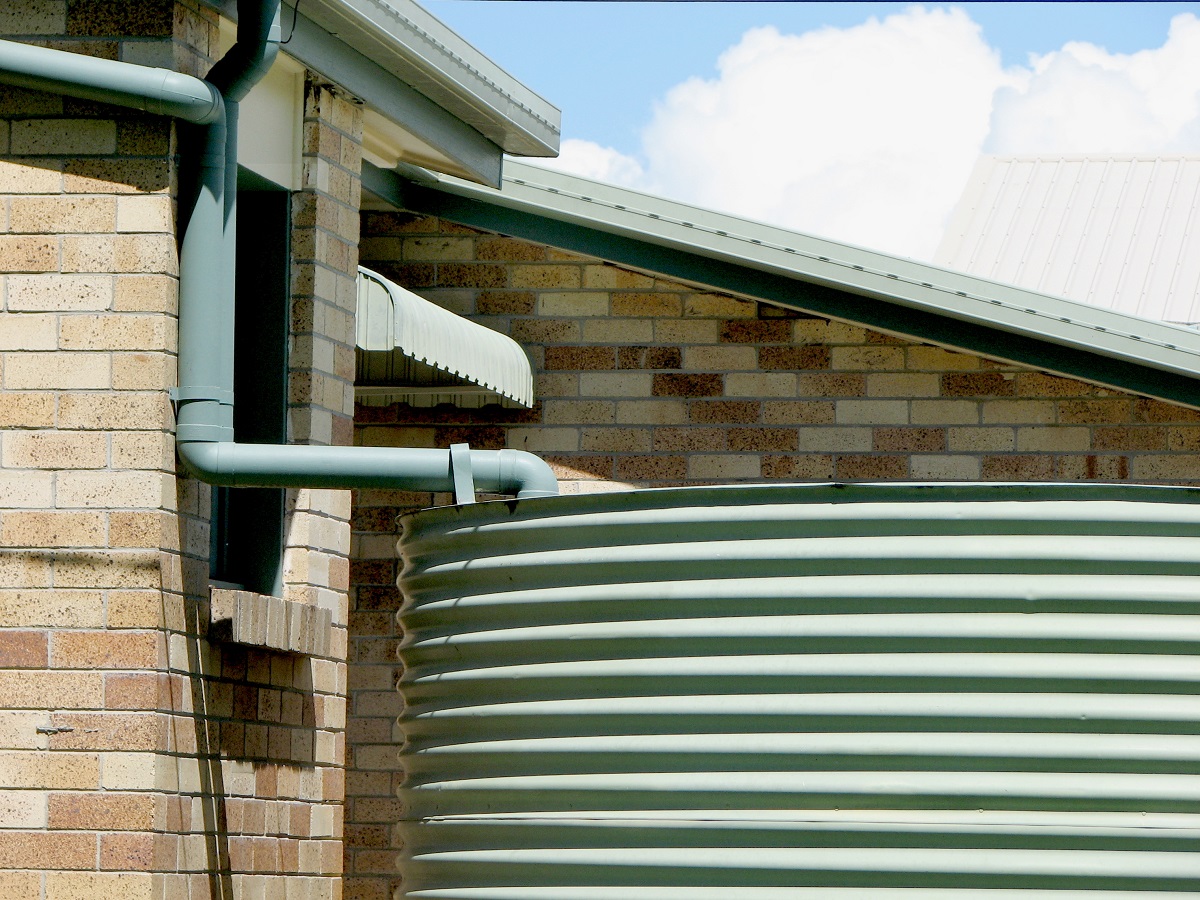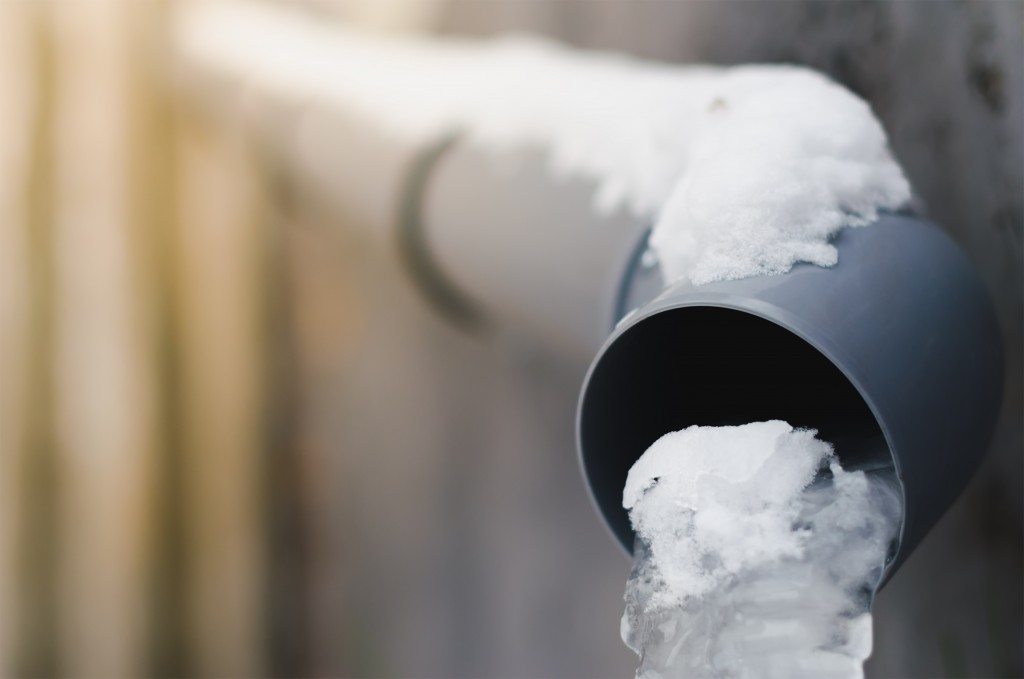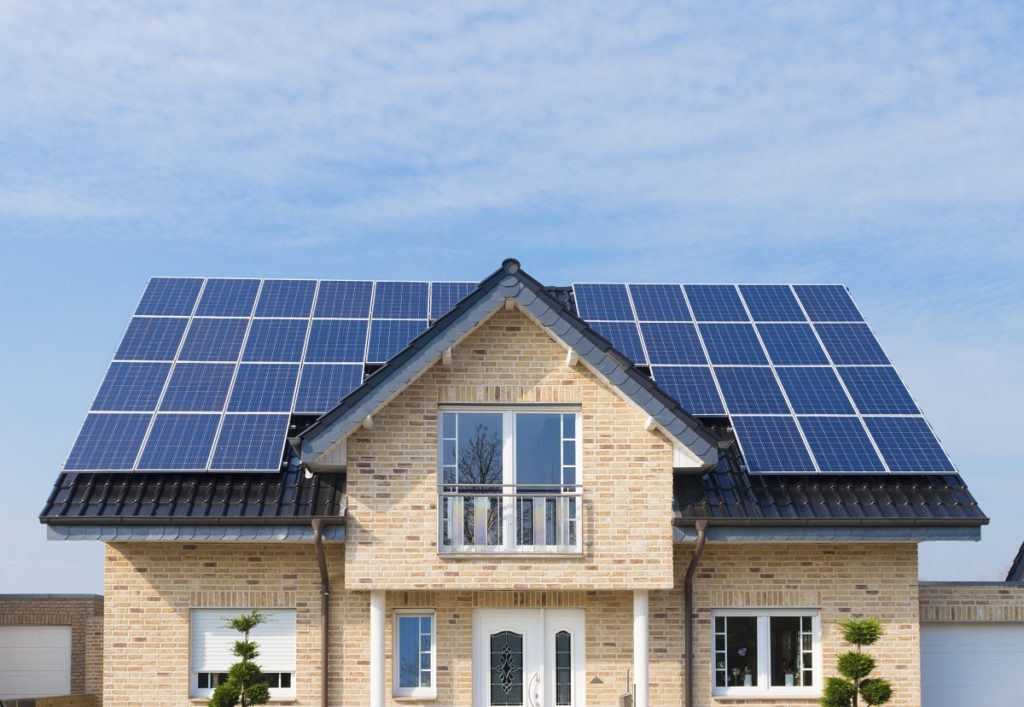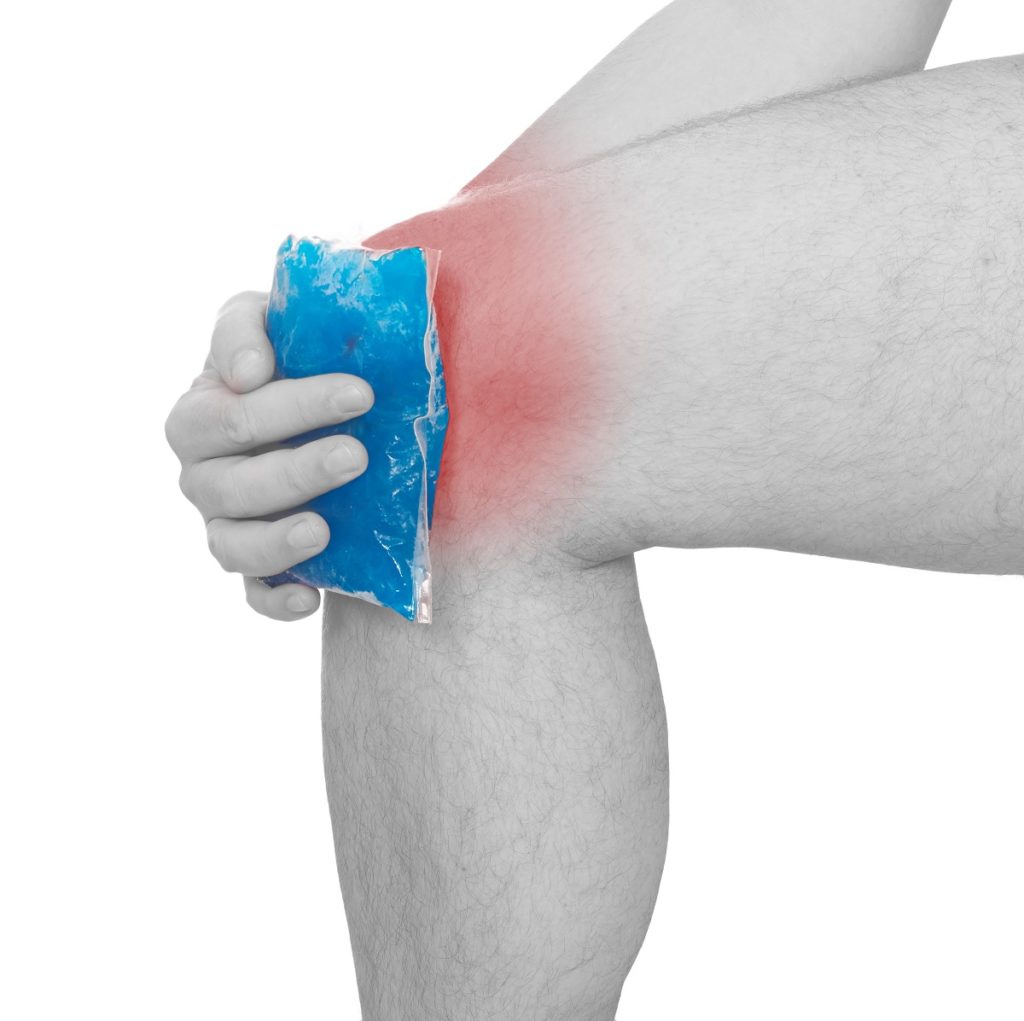The winter season just entered and while we’re all excited for the Christmas and New Year’s Eve festivities, let’s pause for a bit and check on our water pipes. It’s not the typical household chore we do every day, but when snow falls and the temperature goes below 0°, our water pipes can be at risk of freezing, causing leaks and bursting that would surely ruin our holidays.
If we’ll be away from home for a while, winterizing the pipes is important. If you didn’t know yet, our pipes still hold water even when we’re not using the faucets, and when they freeze inside, they’ll expand and put pressure to the pipes. Call experienced plumbers in Salt Lake City or nearby locations to get started.
In the meantime, let’s see what we can do to prevent waters and pipes from freezing during winter.
Frozen Pipes and Warm Climates
Surprisingly, your pipes can still be at risk of freezing even if you live in a warm area. Such is the case because your pipes are unlikely to be properly insulated against low temperatures, or they’re installed somewhere unprotected.
Take note that water pipes are different from drain pipes. Water pipes are pressurized and they hold water, whereas drain pipes carry only wastewater, hence pressure and freezing aren’t a concern in drain pipes.
Preventing Frozen Water Pipes
- Keep the heat on, especially if you’ll be away for a while. A temperature of at least 50°F is enough to keep the pipes warm and prevent freezing.
- Allow the faucet to drip just a little bit to relieve pressure in the water pipes. If your faucet runs on both hot and cold water, keep both taps slightly open. If it’s a single-handled faucet, set the tap to warm, and leave it slightly open, too.
- Keep the cabinet where the pipes are in open. These will help the warmth in your house reach the pipes, preventing freezing.
- Locate the cracks and holes on the floor or wall where the water pipes run through, and seal them. Cold air may get through these gaps and potentially freeze the pipes.
- Applying a heating tape will also help, but it should be done with caution. It’s best to be assisted by a professional.
- Pipes in basements and attics are the most vulnerable because they’re not properly insulated. Add extra insulation to the pipes in those areas, such as foam rubbers or fiberglass sleeves.
Winterizing the Pipes

For households in cold areas, winterizing is the solution to keep pipes from freezing. It involves a completely different procedure, such as emptying the hot water tank, draining all water, and applying an antifreeze solution.
- Turn off the main water valve, the water pump, and the heater.
- Open all drain valves and taps, and keep them so throughout the winter.
- Remove all excess water from the pipes using an air compressor.
- Open the drain valve in your hot water tank and let the water run until the tank empties. If your tank doesn’t have a floor drain, connect a garden hose to it.
- Drain the rest of the water in the holding tank, and apply an antifreeze solution to the jet pump case as an additional preventive measure.
- Flush all toilets, and if the water cannot be completely drained, use an antifreeze solution as well to prevent freezing that may crack the toilet.
- Apply antifreeze solution to the drain traps, too, if you have any.
Practicing these preventive measures is highly important, especially if you’re a landlord. It may be difficult to convince your tenants to leave their heat and taps on, but as long as you explain its benefits thoroughly, the minimal inconvenience will be worth it. After all, it’s your responsibility as a landlord to ensure that every tenant has a consistent supply of water.




